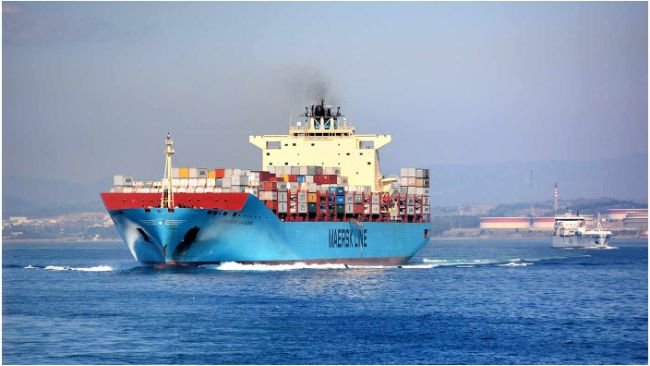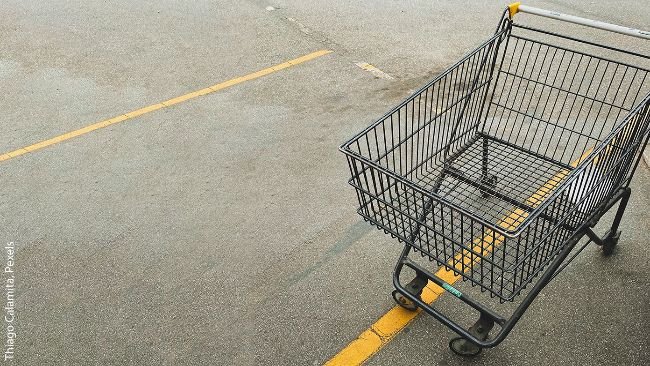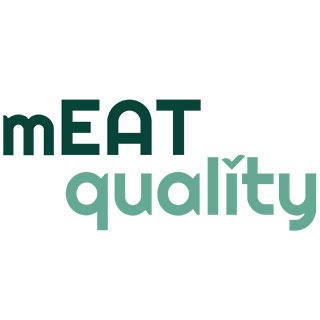
The evolution of the mindsets of swine production
It started by producing pigs, then pork, then food and products with certain characteristics... Is there any other way for producers?
The pig sector events all around the world
Weekly newsletter with all the pig333.com updates
Swine industry news in your email
Pig health: news and articles on PRRS, PCV2, biosecurity, etc, Pig disease guide, atlas of pathology, clinical cases…
Biocheck.UGent is an independent, risk-based, scientific scoring system for assessing the quality of your on-farm biosecurity.
A visual and practical step-by-step guide on how to perform a necropsy on a pig.
All the information about ASF: how to recognize the disease, how it is transmitted, pictures of lesions, latest news, guides, etc.
All the information on Foot and Mouth Disease in pigs: how to recognize the disease, how it is transmitted, images of lesions, latest news, guides,...
Description of the most important diseases and conditions in pigs
Images of major swine diseases
Pig disease diagnostic tool
Definition for the most commonly used pig terms
Simulator that calculates the amount of drug to add to the water when using a flow dispenser.
Weekly newsletter with all the pig333.com updates
Pig Prices by countries. Pork production and trade. News of the pig market and the raw materials
The latest slaughter pig prices in the most important pig markets. Check the evolution of the historical prices in charts and in several currencies.
Latest quotations for the main commodities used in pig feed. Historical graphs with the pig price and estimated feed price.
Figures & trends in pig numbers, pork production and pork trade.
Global production and trade data for the most important raw materials
Weekly newsletter with all the pig333.com updates
Articles on nutrition and pig feeding, characteristics of raw materials and additives for pig feed. Prices of raw materials
Latest quotations for the main commodities used in pig feed. Historical graphs with the pig price and estimated feed price.
Technical sheets of the main raw materials and additives used in swine feed. They include a comparison of nutritional values from various sources, product
Global production and trade data for the most important raw materials
Definition for the most commonly used pig terms
Use this tool to diagnose problems with the feed conversion ratio. Click on the flowchart or on the buttons within the text to navigate through the different parts of the tool.
A biweekly newsletter with the latest developments in swine nutrition
Articles on genetics and pig reproduction: genetic improvement, genomics, artificial insemination, use of hormones
Compare production data, calculate the number of sow, nursery, and finishing spaces, and visualize your tasks on the work schedule by type of BMS.
Tool that allows you to calculate the replacement rate in your farm
Definition for the most commonly used pig terms
Use this tool to find out why your farrowing rate is less than ideal. Click on the flowchart or on the buttons found within the text to navigate through the different parts of the tool.
Weekly newsletter with all the pig333.com updates
Management, pig farm management, work planning in each production stage: management in gestation, grow finish, batch farrowing
Compare production data, calculate the number of sow, nursery, and finishing spaces, and visualize your tasks on the work schedule by type of BMS.
Tool that allows you to calculate the replacement rate in your farm
Definition for the most commonly used pig terms
Weekly newsletter with all the pig333.com updates
Design of facilities and equipment for pig farms: building design, climate control, feeding systems, etc.
Biocheck.UGent is an independent, risk-based, scientific scoring system for assessing the quality of your on-farm biosecurity.
Environmental Footprint Calculator along the pork value chain.
Definition for the most commonly used pig terms
Simulator that calculates the amount of drug to add to the water when using a flow dispenser.
Use this tool to explore which slurry management strategy best fits your situation. Click on the flow chart or on the buttons within the text to navigate through the different parts of the tool.
Weekly newsletter with all the pig333.com updates
What makes us stand out is the quality and independence of our contents. Find out about the authors who make it possible. Our goal is to generate a virtual community of advanced users in the sector.

Dennis DiPietre received the BSA and MS degrees from the University of Arkansas and the Ph.D. with Research Excellence from Iowa State University in 1986. During this period he was a Research Associate of the Columbia Center for Futures, Columbia University, New York. Dr. DiPietre has participated in continuing education from the USDA in Agricultural Ethics and from Harvard University (Senior Program on Negotiation) and the University of Chicago (Optimization Modeling in the Presence of Risk).
From 1991 until 1999 he served as Extension Associate Professor and Leader of the Commercial Agriculture Swine-Focus Team at the University of Missouri-Columbia. Beginning in 1999 he spent two years working in the area of e-commerce for agriculture as Director of the Food Applications Group at E-Markets, Inc. and as the Associate Director of the Center for Information Systems and Structural Change at the University of Minnesota.
A consultant to agricultural and food industries since the mid 1980s, Dr. DiPietre now consults full time both nationally and internationally with leading production companies, packers, genetics and pharmaceutical companies as well as industry associations. His practice focuses on innovation, precision production and marketing, cost containment, optimization modeling and negotiation.
A frequent speaker to pork producers, swine veterinary practitioners, industry and agricultural associations and industry management, he has co-authored a popular University textbook in Farm Management and contributed chapters to three other books as well as numerous refereed journal articles and contributions to professional meetings and societies. A published journal article co-authored by Dr. DiPietre was selected for inclusion in the Core Historical Literature of Agriculture at Cornell University, a selected compendium of the key contributions to agricultural science and literature over the last 200 years.
Dr. DiPietre is a recipient of the Missouri Governor’s Award for Quality and Productivity, and while at university, numerous teaching, advising and research awards. He is a Leman Fellow of the American Association of Swine Veterinarians (AASV).
Updated CV 23-Sep-2013

It started by producing pigs, then pork, then food and products with certain characteristics... Is there any other way for producers?

We continue to talk about subpopulations within the farm. Here, we discuss how to optimize the sow group according to parity number to improve productivity.

The key problem is that much of the profit reduction (lost opportunity) is caused by a subset (often relatively small) of the total barn population.

Where would you begin to develop new and valuable information about your farm’s profitability (or lack thereof) that you are not monitoring now? Certainly, one of the most important ones is to visualize your data in a new way.

It’s a global version of inventory management at the firm level where varying amounts of inventory for different goods are kept in storage because the relative cost of doing so is believed to be less than the cost of running out.

When real incomes fall, people will buy less pork at every price, meaning that if prices come back down to previous levels, less pork will be purchased than before at every price, high or low. This is called demand destruction.

We are going to be facing an extended period of inflation and wage escalation, so this is the perfect time to begin a rapid and serious reorganization of how we transport goods. It has already begun.

DiPietre analyzes the current situation, with higher costs and the supply chain in a tight spot, and gives us some tips on how to survive 2022.

Pig producers are entering a season of reducing costs, but sometimes this creates greater losses, as every expense is linked to a subsequent profit. Do you want to know which costs to cut?

The fall in exports to China, the disruption of COVID, PRRS, and the threat of ASF are reducing the pig herd in the US, which should ensure profitability.

We are so unmoored from “normal” that it makes sense to situate the current pork industry within the current macro environment.

How will policies geared toward the environment and animal welfare shape our swine industry? Here's an overview of the potentially limiting factors.

When thinking on your productions system, maybe your supply chain shock planning is now as critical as bio-security.

A consequence of both developing natural disasters (spreading drought) and new government policies…

Prices are drifting down to close out the year and if you look to the futures as a guide for next year, it is boringly normal. This happens when people have no real idea what to expect…

Lots of things brewing out there with both supply and demand. Rarely do we get such action at the same time on both sides of the price determination.
Welcome to 333
Connect, share, and interact with the largest community of professionals in the swine industry.
Celebrating 178463Users on 333!
Sign upAlready a member?





